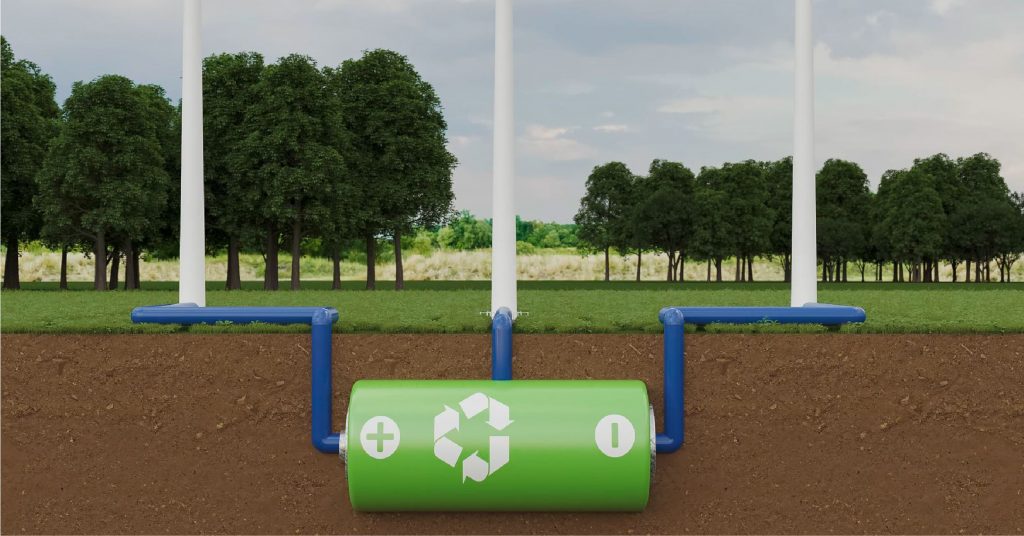Indonesia, a sprawling archipelago with a growing population, faces a pressing challenge: managing its increasing waste generation while striving to meet its energy needs sustainably. As urbanization accelerates, so does the amount of waste produced. In this context, waste-to-energy (WTE) solutions have emerged as a promising approach to address both waste management and energy production. By harnessing innovative technologies, Indonesia has the potential to convert its vast amounts of organic and non-organic waste into valuable energy resources.
In this blog, we’ll explore the current state of waste-to-energy in Indonesia, the benefits of waste-to-energy plants, and how waste-to-energy technology can contribute to sustainable power generation.
The Growing Waste Challenge in Indonesia
Indonesia is the fourth most populous country in the world, with over 270 million people. This rapid population growth, coupled with urbanization, has led to an increase in solid waste generation. According to the World Bank, Indonesia produces around 66 million metric tons of waste annually, with around 40% of this waste being poorly managed. Much of this waste ends up in landfills, contributing to harmful environmental impacts such as greenhouse gas emissions, water pollution, and soil contamination.
The Indonesian government has recognized these issues and is making efforts to transition towards more sustainable practices. In particular, the concept of waste-to-energy (WTE) has gained traction as a potential solution. By converting waste into electricity, heat, or other useful forms of energy, WTE offers a dual benefit: reducing the volume of waste while creating a renewable energy source.
Benefits of Waste-to-Energy Plants in Indonesia
The adoption of waste-to-energy plants can yield numerous environmental, economic, and social benefits for Indonesia:
Waste Reduction and Landfill Diversion
One of the primary advantages of WTE is its ability to significantly reduce the amount of waste sent to landfills. Instead of waste accumulating and decomposing, generating harmful methane emissions, WTE plants convert it into usable energy. This reduces the environmental footprint of waste management and helps prevent landfill overflow.
Energy Production and Energy Security
Indonesia’s energy demands continue to rise due to population growth and economic development. By harnessing waste-to-energy technology, the country can diversify its energy sources and improve energy security. The energy produced from waste can reduce dependency on fossil fuels, which are limited and environmentally harmful.
Economic Opportunities
WTE projects can create jobs and stimulate economic growth. From the construction and operation of WTE plants to maintenance and waste collection services, the WTE industry offers employment opportunities in both urban and rural areas. Furthermore, WTE plants can attract investment, contributing to local development and infrastructure improvement.
Reduction in Greenhouse Gas Emissions
Waste that decomposes in landfills releases methane, a potent greenhouse gas contributing to climate change. WTE plants mitigate this by processing waste efficiently and producing energy, reducing methane emissions and the overall carbon footprint.
Types of Waste-to-Energy Technologies Being Deployed in Indonesia
Indonesia has been exploring several types of waste-to-energy technologies to address its waste management and energy challenges:
-
Incineration-based WTE Plants
Incineration is one of the most common WTE technologies used globally. Waste is burned at high temperatures, converting it into heat, which can be used to generate electricity or produce steam. Several regions in Indonesia have adopted incineration-based WTE systems, with plants designed to process large volumes of waste efficiently.
-
Biogas Production from Organic Waste
Another effective WTE technology is the production of biogas from organic waste. This process involves the anaerobic digestion of organic matter, resulting in biogas primarily composed of methane. Biogas can be captured and used as a renewable energy source for power generation, reducing the need for fossil fuels.
-
Waste-to-Energy from Plastic and Other Non-Biodegradable Waste
With plastic waste becoming a significant concern in Indonesia, waste-to-energy technologies targeting non-biodegradable materials like plastics are crucial. Thermal treatment methods, such as gasification and pyrolysis, break down plastics, converting them into synthetic gas or fuels that can be used to generate electricity.
Role of Ion Exchange in Scaling Waste to Energy Solutions
At Ion Exchange, we provide innovative, tailored solutions for treating both solid and liquid waste, using advanced technologies such as biogas, compressed biogas (CBG), pyrolysis, and torrefaction. Our customized waste management systems are designed to meet your specific input materials and requirements, ensuring efficient and sustainable operations. By partnering with us, you can transform waste into valuable resources with the help of cutting-edge technology and personalized service. Our offerings include:
- Compressed Biogas (CBG) Plant
- Torrefaction
- Biogas plant (for solid and liquid waste)
Conclusion
Indonesia’s journey toward sustainable energy solutions through waste-to-energy is just beginning. To learn more about how WTE technology can drive sustainable growth, connect with the experts at Ion Exchange. Our team has extensive experience in designing, implementing, and optimizing waste-to-energy plants to enhance energy efficiency and contribute to a cleaner, greener future in Indonesia.
Reach out to Ion Exchange experts today to explore tailored WTE solutions as per your needs.


